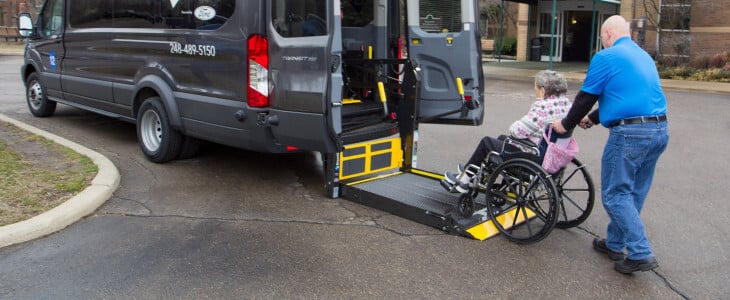Non Emergency Transportation Insurance


First, Non Emergency Transportation Insurance is needed to transport a patient for medical care when it is not an emergency. Next, some providers have different non-emergency medical transportation insurance requirements to operate. The non emergency medical insurance requirements also vary based on the type of business, the patient they transport and the types of vehicles they use to transport. Understanding these NEMT insurance requirements could help a business manager to fulfill the requirements of the law, licensing organizations and patient care needs.
Non-Emergency Transportation Insurance Requirements for Nursing Facilities
Next, skilled nursing facilities may need non-emergency medical transportation insurance when a patient needs outside services. For example, a patient may need a follow-up X-ray, dental care, eye exam or vaccination. Additionally, the non-emergency medical transportation company would get the patient from the SNF to the medical provider safely and on-time. In addition, SNFs need to have a medical transportation insurance to maintain the state licensing requirements.
Day Program Requirements for Non-emergency Medical Transportation Insurance
In addition, some adults with disabilities may attend an adult day program. Also, these programs offer respite services for full-time care providers and a means of socializing for the participants. In addition, some of the participants may even perform paid work. Also, from time to time, medical transportation insurance may be needed to transport patients. Additionally, this may be the case if a patient needs to leave the day program to go to an appointment. Also, in other cases, the NEMT insurance is required to get the participant from his or her residence to the day program’s facility. Additionally, day programs should have medical transportation insurance that covers their open hours and the number of participants they serve.
Residential Facilities who need NEMT Insurance Quotes
Also, adults with disabilities may live in a residential facility that houses up to 15 residents. Additionally, these facilities have employees who come into work, caring for the residents’ routine needs. In addition, when a patient has a doctor’s appointment, dentist appointment or needs to have some lab tests or an X-ray done, a non-emergency medical transport will be needed. Finally, such facilities should maintain an adequate level of NEMT insurance.

